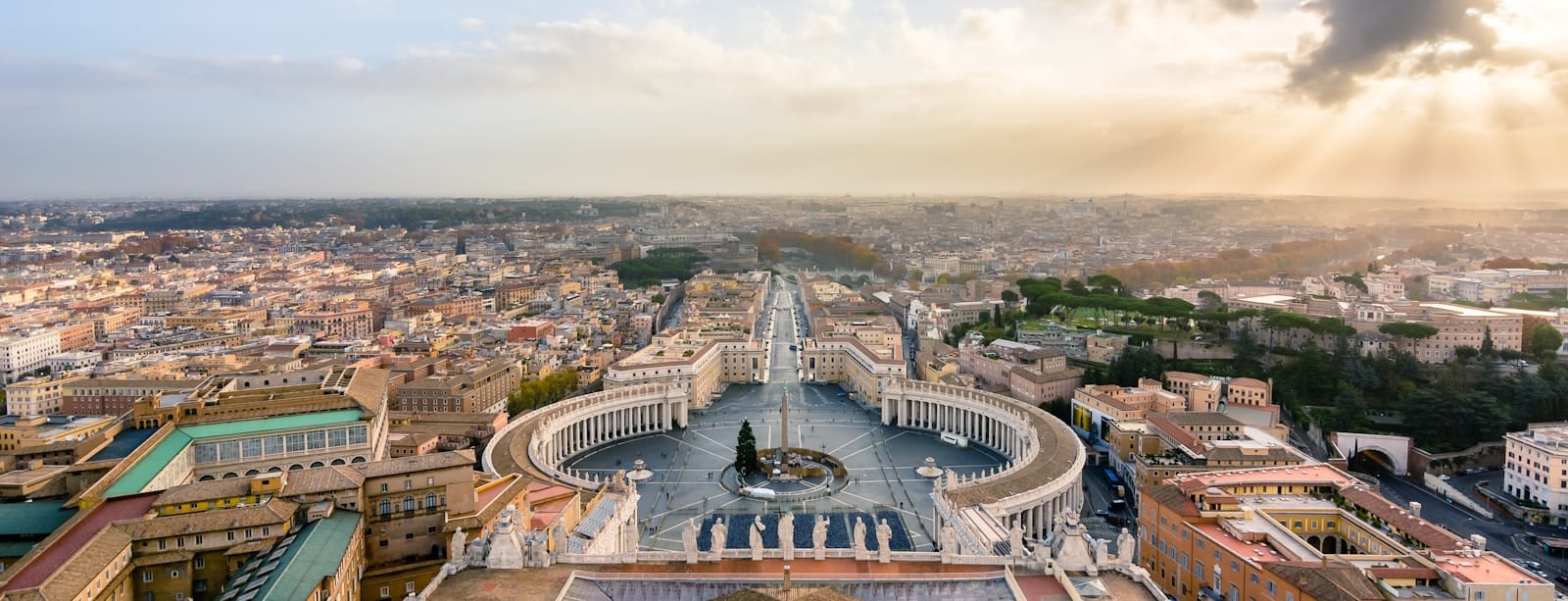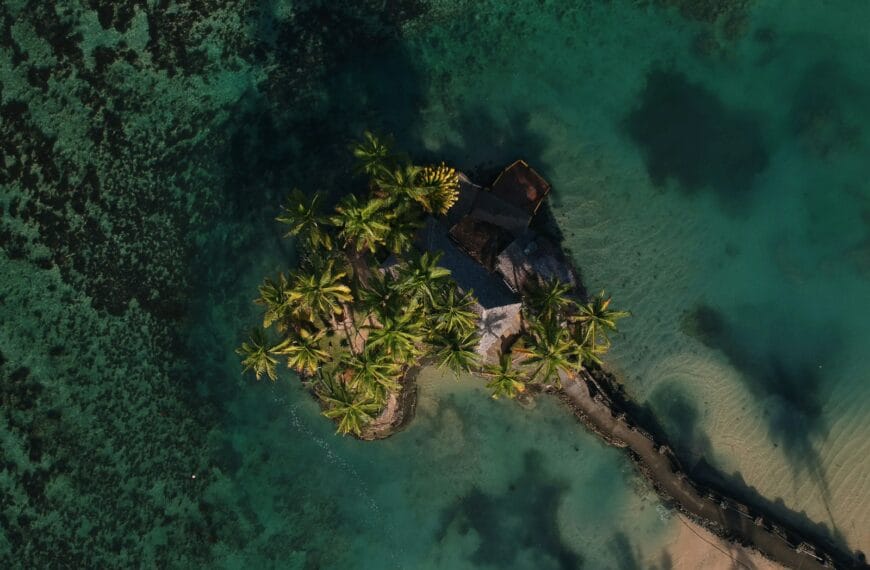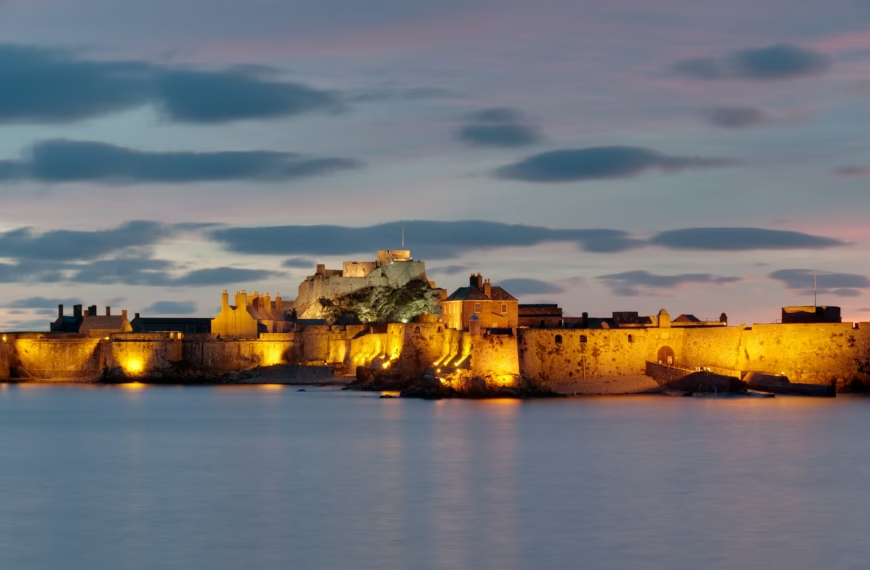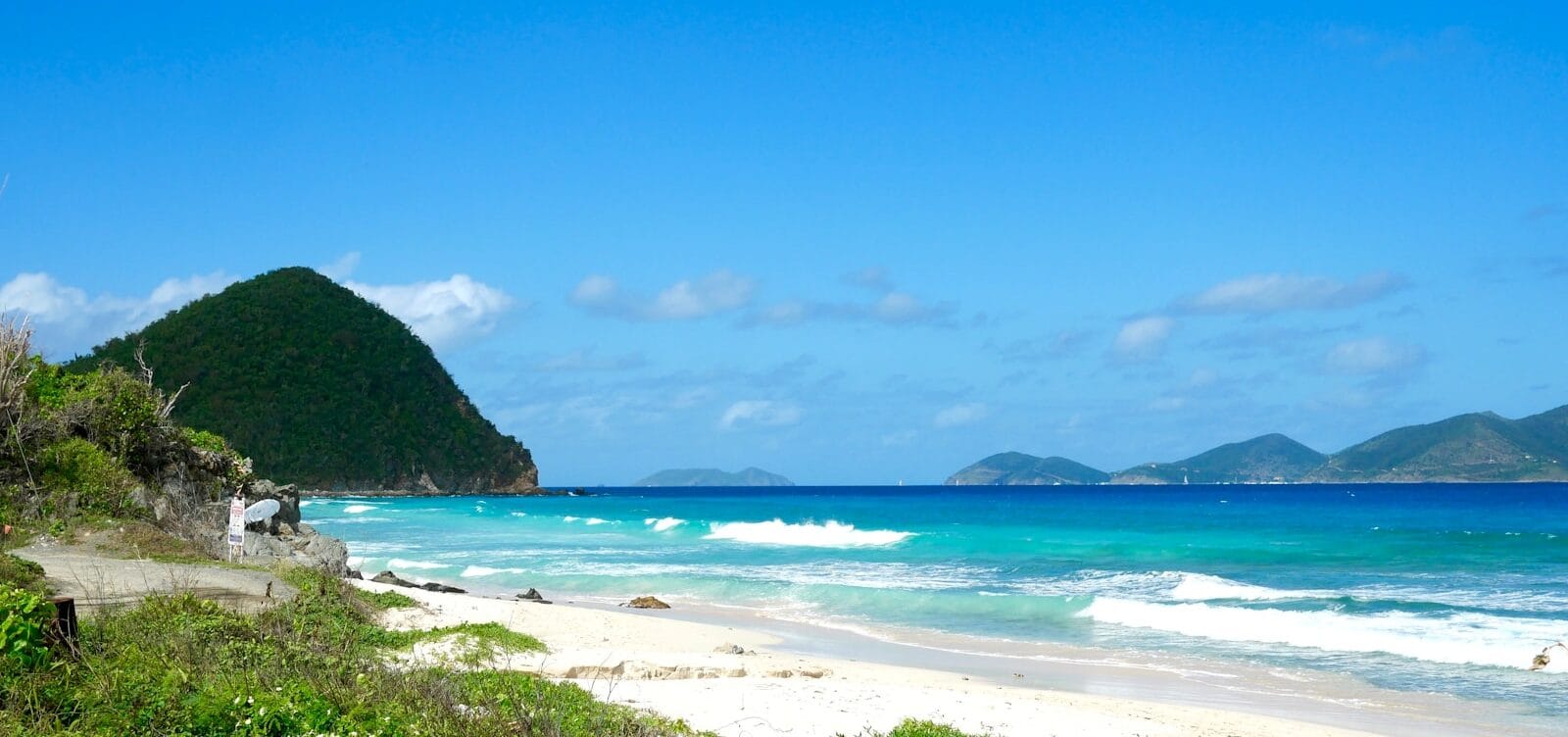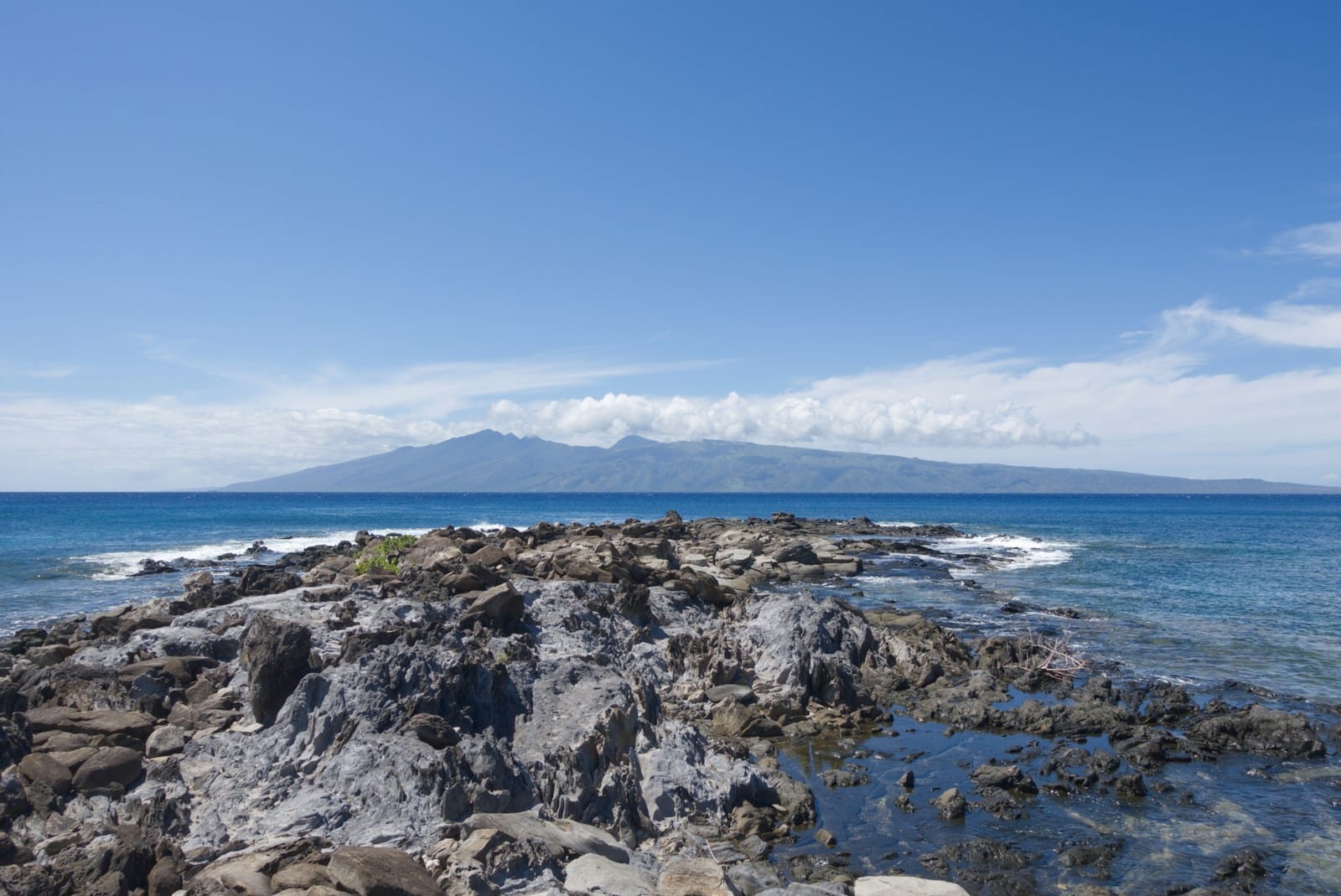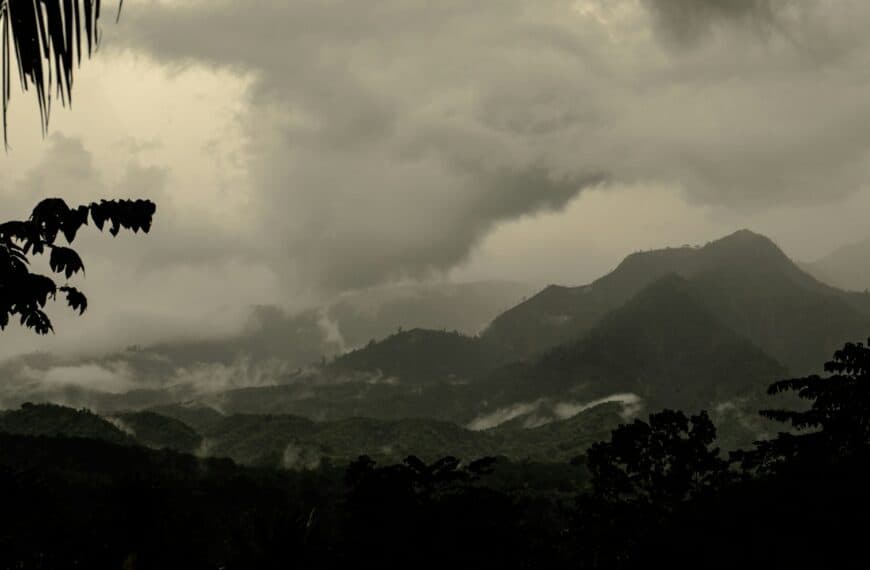Vatican City Travel Guide: Sacred Art, Rituals & Timeless Power
Intro to Vatican City Travel Guide
Vatican City may be tiny — just 0.49 square kilometers — but it houses some of the most powerful symbols of human history. From Michelangelo’s frescoes and Bernini’s colonnades to centuries-old papal rituals, every inch of this walled enclave is steeped in sacred tradition and political significance. Whether you’re visiting as a pilgrim, historian, or art lover, the Vatican will move you. This is not just a destination — it’s a spiritual journey wrapped in architectural magnificence.
Start planning your trip with our complete Vatican City Tour Guide — discover spiritual treasures, awe-inspiring art, papal traditions, and once-in-a-lifetime cultural experiences inside the world’s smallest country.
💡Quick Facts:
Continent: Europe
Country: Vatican City
Area: 0.49 km² (0.19 mi²) – the world’s smallest independent state
Population: ~800 residents (2024 estimate)
Density: ~1,630 people per km²
Capital: Vatican City (sovereign city-state and capital)
Regions/Subregions: Entire country is one jurisdiction, surrounded by Rome
Language(s): Latin (official), Italian (administrative), English widely spoken
Currency: Euro (EUR)
Time Zone(s): GMT+1 (CET), GMT+2 (CEST – daylight saving observed)
Airports (nearest): Rome Fiumicino (FCO), Rome Ciampino (CIA)
Climate: Mediterranean – hot, dry summers; mild, rainy winters
Known For: St. Peter’s Basilica, Vatican Museums, Sistine Chapel, Pope, Swiss Guard, Papal Masses
🛂Arrival Info:
– No border control when entering from Rome — no visa or passport check required
– Follows Italy/Schengen Zone visa policy
– Visitors must comply with Italy’s Schengen visa rules
– No overnight accommodations for tourists within Vatican territory
– Entry info: Schengen Visa Info
💉Health Info:
– No vaccines required beyond routine European travel recommendations
– Rome provides access to high-quality hospitals and emergency care
– Tap water is safe to drink in Vatican and Rome
– Bring travel insurance if planning an extended Italy trip or guided Vatican tours
– Health updates: Italy Ministry of Health
✅ Check travel insurance options for travel emergencies, delays, and medical needs abroad — Get coverage here
✅ Stay Informed with Official Updates: WHO – International Travel & Health | CDC – Travel health updates
🚨Travel Advisory:
– Vatican City is one of the safest places in the world
– Watch for pickpocketing in surrounding Roman crowds, especially St. Peter’s Square
– Security checkpoints at Basilica, Museums, and major public Masses
✅ Stay Informed with Official Updates: US Travel Advisory | UK Foreign Travel Advice
📅Holidays:
– Easter Sunday (March/April – varies)
– Feast of Saints Peter and Paul – June 29
– Assumption of Mary – August 15
– Christmas Day – December 25
– Papal Audience Wednesdays (check online schedule)
– Holy Days often feature special Masses or limited hours at attractions
💰Money Matters:
– Currency: Euro (€)
– Souvenir shops accept major credit cards
– Tipping not expected in Vatican but customary in surrounding Rome
– No duty-free shopping within Vatican boundaries — refer to Rome airport options for outbound purchases
✈️Airports:
– Rome Fiumicino (FCO): 30 km west; main international hub
– Rome Ciampino (CIA): 20 km southeast; budget airlines
– Access via metro, taxi, or Vatican-organized transfers
✅ Delayed or canceled flight? Check if you’re eligible for compensation
🚍Transport:
– No vehicles permitted for tourists inside Vatican grounds
– Entry to St. Peter’s Square and Basilica is free
– Closest Rome Metro stop: Ottaviano – San Pietro (Line A)
– City buses, trams, and taxis available from central Rome
– Walking is the best way to explore the area
✅ Book reliable airport transfers and in-city rides in advance. Reserve your ride here
📶Connectivity:
– Free public Wi-Fi inside Vatican Museums; weak/no signal inside Sistine Chapel
– SIMs/eSIMs from Italian providers (TIM, Vodafone, WindTre) work seamlessly
– Excellent 4G/5G signal from Rome networks
– Vatican mobile app and Vatican News app available for live Mass updates and audio guides
✅ Stay connected abroad with affordable eSIM data packs. Get your eSIM here
📜Laws & Etiquette:
– Strict dress code: no shorts, sleeveless tops, or exposed shoulders inside religious sites
– Silence and respect are mandatory inside the Sistine Chapel and Basilica
– Photography allowed in most outdoor areas; forbidden inside Sistine Chapel
– No food, drinks, or large bags allowed in museums and basilica
– LGBTQ+ travelers are safe in Vatican, though doctrinal conservatism exists; Rome is more openly inclusive
🛡️Emergency Info:
– Swiss Guard and Vatican Gendarmerie handle all internal security
– Rome’s emergency services cover surrounding areas: dial 112 (police/ambulance)
– Travel insurance strongly recommended
– Nearest embassies: located in Rome, outside Vatican walls
– St. Peter’s Square equipped with CCTV and crowd management barriers
✅ Use embassy locator tools: Embassies Worldwide
🌦️Weather:
– Best time to visit: April–June and September–October
– Summer (Jul–Aug): Hot and crowded (30–35°C / 86–95°F)
– Winter (Dec–Feb): Mild (10–15°C / 50–59°F), fewer crowds
– Rain likely in November and February
✅ Stay prepared—check the weather forecast for your destination — Weather Forecast
Vatican City by Region – Where to Go
Though compact, Vatican City is divided into distinct zones — each packed with iconic landmarks and hidden gems.
St. Peter’s Basilica & Square
The beating heart of Vatican life, this space defines grandeur. St. Peter’s Basilica is the largest church in the world, with a soaring dome, Vatican Grottoes below, and the tomb of St. Peter himself. The piazza, encircled by Bernini’s colonnade, hosts thousands for papal blessings and Easter Mass.
Vatican Museums Complex
A labyrinth of over 1,300 rooms, the museums are filled with ancient sculptures, Renaissance masterpieces, and maps that once defined the known world. Highlights include the Raphael Rooms, Gallery of Maps, and the famed Pinecone Courtyard.
Sistine Chapel
Tucked at the end of the museum trail, this world-famous chapel holds Michelangelo’s ceiling and The Last Judgment. It’s where popes are elected and divine light filters through centuries of religious weight and artistic brilliance.
Vatican Gardens & Apostolic Palace (Restricted Access)
Behind closed gates, the lush Vatican Gardens are home to Renaissance fountains, Marian grottos, and private papal pathways. Select tours offer rare access, usually paired with entry to the Apostolic Palace’s upper galleries.
Top Places to Visit in Vatican City
Despite its size, Vatican City boasts more world-class highlights than many entire countries.
Sacred Spaces
- St. Peter’s Basilica – Climb the dome, admire Bernini’s bronze canopy, and descend to papal tombs
- Sistine Chapel – Michelangelo’s ceiling and The Last Judgment are among the greatest achievements in art history
- St. Peter’s Tomb & Necropolis – Deep beneath the basilica lies the rumored burial site of the first pope
Museums & Masterpieces
- Vatican Museums – From ancient Egyptian artifacts to Renaissance frescoes
- Raphael Rooms – Including The School of Athens, a vision of Renaissance thought
- Gallery of Maps – A frescoed hallway with 40 Renaissance-era maps of Italy
- Pinacoteca Vaticana – Home to works by Giotto, Caravaggio, and Da Vinci sketches
Architectural Icons
- St. Peter’s Square – With twin fountains, ancient obelisk, and weekly papal audiences
- Belvedere Courtyard – One of Bramante’s architectural masterpieces, linking old and new wings
- Scala Regia – A grand staircase connecting the basilica to the Apostolic Palace
How to Choose Where to Go in Vatican City
The Vatican rewards slow exploration, timed visits, and a bit of research. Here’s how to make the most of your time based on your interests.
For Art Lovers: Prioritize the Vatican Museums, especially the Raphael Rooms, Modern Religious Art Collection, and Sistine Chapel. Opt for an early access tour to avoid crowds.
For Spiritual Seekers: Begin with morning Mass at St. Peter’s Basilica. Visit the Vatican Grottoes, then meditate in a side chapel or attend Sunday’s Angelus blessing.
For Historians: Go beneath the basilica to the Necropolis Scavi Tour (must book well in advance). Explore the Papal Apartments, Apostolic Library (if permitted), and Vatican Archives exhibitions.
For Photographers: Climb to the dome of St. Peter’s for sunrise or golden hour views over Rome. Use the square’s symmetry and shadows for wide-angle shots.
How to Get Around Vatican City
Though you can walk across the country in 15 minutes, navigating access points and security can be complex.
On Foot
Most of Vatican City is pedestrian-only. Expect cobbled paths, steps, and occasional long museum routes — wear comfortable shoes.
Entry Points
- St. Peter’s Square: Entry for the basilica and square
- Vatican Museums Entrance (Viale Vaticano): Entry for museums and Sistine Chapel
- Guided Tours Only: Entry to Vatican Gardens and Apostolic Palace
Security & Lines
Metal detectors and bag checks are mandatory. Museums often have long queues — book skip-the-line tickets or go early (before 9:00 AM). St. Peter’s entry is free but can have hour-long lines after 10:00 AM.
Accessibility
Wheelchair users can request priority entrance. Elevators are available in many areas, including the basilica dome (partial lift + 320 steps).
Travel Budget & Costs in Vatican City
While entry to St. Peter’s is free, many Vatican experiences come with a fee — and they’re worth it.
Average Daily Costs
- Budget: $20–40 (with free attractions, public audio guides)
- Mid-range: $60–100 (includes museum entry + dome climb + guided tour)
- Premium: $150–300 (private tours, skip-the-line, early access)
Sample Prices
- Vatican Museums ticket: €17 standard, €5 audio guide
- Dome climb at St. Peter’s: €8–10
- Scavi Tour (Necropolis): €13 (limited to ~250 guests/day)
- Vatican Gardens tour: ~€35
- Souvenirs/postage: €1–10 (you can send mail with a Vatican stamp!)
- Espresso near the square: €1.50–2.50
Tips to Save
- Book combined Vatican + Colosseum or Rome tours for discounts
- Visit Wednesday AM after the Pope’s audience — the square clears out quickly
- Bring your own water and snacks (museum cafés are pricey)
Best Time to Visit Vatican City
Your experience at the Vatican depends heavily on timing — both seasonal and daily.
Spring (Mar–May)
Ideal weather and moderate crowds. March and April bring Easter ceremonies, including the Pope’s Urbi et Orbi blessing, drawing tens of thousands. Plan ahead for access and tickets.
Summer (Jun–Aug)
Peak tourist season. Expect long queues and hot cobblestone walks. Early morning visits are essential. Papal events slow down in August as the Vatican enters semi-recess.
Fall (Sept–Nov)
Pleasant temperatures and fewer crowds. October’s canonizations and liturgical events offer unique cultural immersion. Museum tours are more relaxed.
Winter (Dec–Feb)
Chilly but quiet — great for art-focused travelers. Christmas and Epiphany liturgies (Dec 25–Jan 6) include majestic midnight masses and papal appearances.
Best time to visit Vatican City:
- For ceremonies: Easter week (late Mar or Apr), Christmas
- For minimal crowds: Late January to mid-February
- For photographers: September sunrise light, fewer tour groups
Must-See Experiences in Vatican City
From sacred rituals to once-in-a-lifetime access, these activities define the Vatican experience.
Spiritual Encounters
- Attend Papal Audience (Wednesdays) – Held in St. Peter’s Square or Audience Hall
- Witness Sunday Angelus – The Pope greets pilgrims from his study window at noon
- Join morning Mass – Small chapels inside St. Peter’s often allow visitors to quietly observe or participate
- View the Holy Door – Only opened during Jubilee Years
Art & Culture Immersion
- Take a guided Vatican Museums tour – Context transforms the overload of masterpieces
- Study Michelangelo’s brushstrokes in the Sistine Chapel at opening hours
- Explore the Vatican Library (if granted access) – A Renaissance intellectual vault
- Spot pagan statues in Christian halls – Evidence of Rome’s layered belief systems
Unique Perspectives
- Climb the dome of St. Peter’s for a sweeping cityscape
- Wander the Vatican Gardens — usually off-limits, but bookable by select tours
- Send a postcard from the Vatican post office — with its own stamps and delivery service
- Stand where new popes are elected in the Conclave Room of the Sistine Chapel
Discover top-rated Vatican City tours and experiences, and explore the best things to do in Vatican City — from sacred papal rituals and museum masterclasses to dome climbs and once-in-a-decade pilgrim events. Book early for exclusive access and flexible cancellation.
Best Travel Itineraries in Vatican City
Even a few hours can be transformative. These curated itineraries help you prioritize.
Half-Day Express Visit
- Early entry to Vatican Museums
- Sistine Chapel just before the crowds
- St. Peter’s Basilica (skip-the-line access)
- Dome climb for final panoramic views
Full-Day Immersion
- Guided museum tour with audio headset
- Raphael Rooms and Sistine Chapel walkthrough
- Lunch break in Borgo Pio (local trattorias)
- Afternoon Mass at a side chapel
- Visit Vatican Grottoes and mail a postcard from the Vatican Post
Spiritual + Historic Experience (Advanced Booking)
- Attend morning Papal Audience
- Tour the Scavi (Vatican Necropolis) beneath St. Peter’s
- Explore the Apostolic Palace or Vatican Gardens
- Reflect in St. Peter’s Square after sunset
Local Cuisine & Culinary Experiences
While Vatican City itself has no restaurants, its surrounding Roman neighborhoods offer delicious detours — often with Catholic culinary influence.
Where to Eat Nearby
- Borgo Pio – Cobbled lanes just east of the Vatican packed with trattorias and cafés
- Via delle Fornaci – Local vibe, fewer tourists, good value pasta and pizza
- Prati District – Trendy wine bars and gelato shops, just a 5-minute walk north
What to Try
- Cacio e pepe – Roman cheese-and-pepper pasta, simple but sublime
- Supplì – Fried rice balls with molten mozzarella centers
- Carciofi alla Romana – Roman-style artichokes with mint and garlic
- Vatican-themed gelato – Some shops serve papal white chocolate or fig blends
Food Experiences to Consider
- Join a Vatican food and art walk in Prati
- Try a Vatican rooftop aperitivo overlooking St. Peter’s (select hotels)
- Shop at Mercato Trionfale for olives, cheeses, and wines just north of the Vatican walls
Travel Safety & Cultural Etiquette in Vatican City
Vatican City is extremely safe, but sacred customs and formal rules require attention.
Safety & Rules
- Expect airport-style security at every entrance
- Large bags or tripods are prohibited inside museums
- Pickpocketing is rare inside the Vatican but common in Rome’s surrounding crowds — stay alert
Dress Code
- No shorts, sleeveless tops, or miniskirts inside basilicas or chapels
- Covered shoulders and knees are mandatory for both men and women
- Bring a light scarf or wrap for spontaneous access to sacred sites
Behavioral Etiquette
- No loud talking, especially in chapels
- Photography is allowed in most areas — but strictly forbidden in the Sistine Chapel
- Silence your phone during masses and tours
- Show reverence during papal events — this is still a deeply spiritual place
Where to Go Next – Pair Vatican City with These Destinations
Thanks to its central location in Rome, Vatican City pairs easily with top Italian and European destinations.
- Sacred Sights of Rome – Surrounding the Vatican on all sides, Rome offers endless ruins, trattorias, and fountains within walking distance.
- Assisi Pilgrimage Path – A 2-hour train ride to the hometown of St. Francis and a serene religious escape.
- Florence Art & Spirit – Pair Vatican art with Tuscany’s Renaissance gems. Reachable in under 2 hours by high-speed train.
- Lourdes Miraculous Journey – One of Europe’s top pilgrimage sites, reachable by flight or train from Rome for deeper spiritual travel.
- Holy Land Wonders of Israel – For those continuing a biblical journey, direct flights connect Rome to Israel’s sacred cities.
Final Planning Checklist for Vatican City
Ensure a seamless visit by preparing the following:
- Reserve Vatican Museum tickets and optional guided tours in advance
- Plan your entry route — museums and basilica have separate entrances
- Dress conservatively for basilicas and religious ceremonies
- Schedule Papal Audience via the Prefecture of the Papal Household website
- Download offline maps of Vatican City and nearby Rome
- Choose lodging in Prati or Trastevere for easy access on foot
- Book Scavi Tour (St. Peter’s tomb) at least 1–2 months ahead
- Bring small change for museum lockers and candle lighting
- Avoid large backpacks and travel light for easier entry
Explore Vatican City with confidence using our trusted tips, local insights, and region-by-region planning tools.
For more expert travel tips, practical strategies, and trusted tools — visit our Homepage and get inspired for your next trip.

